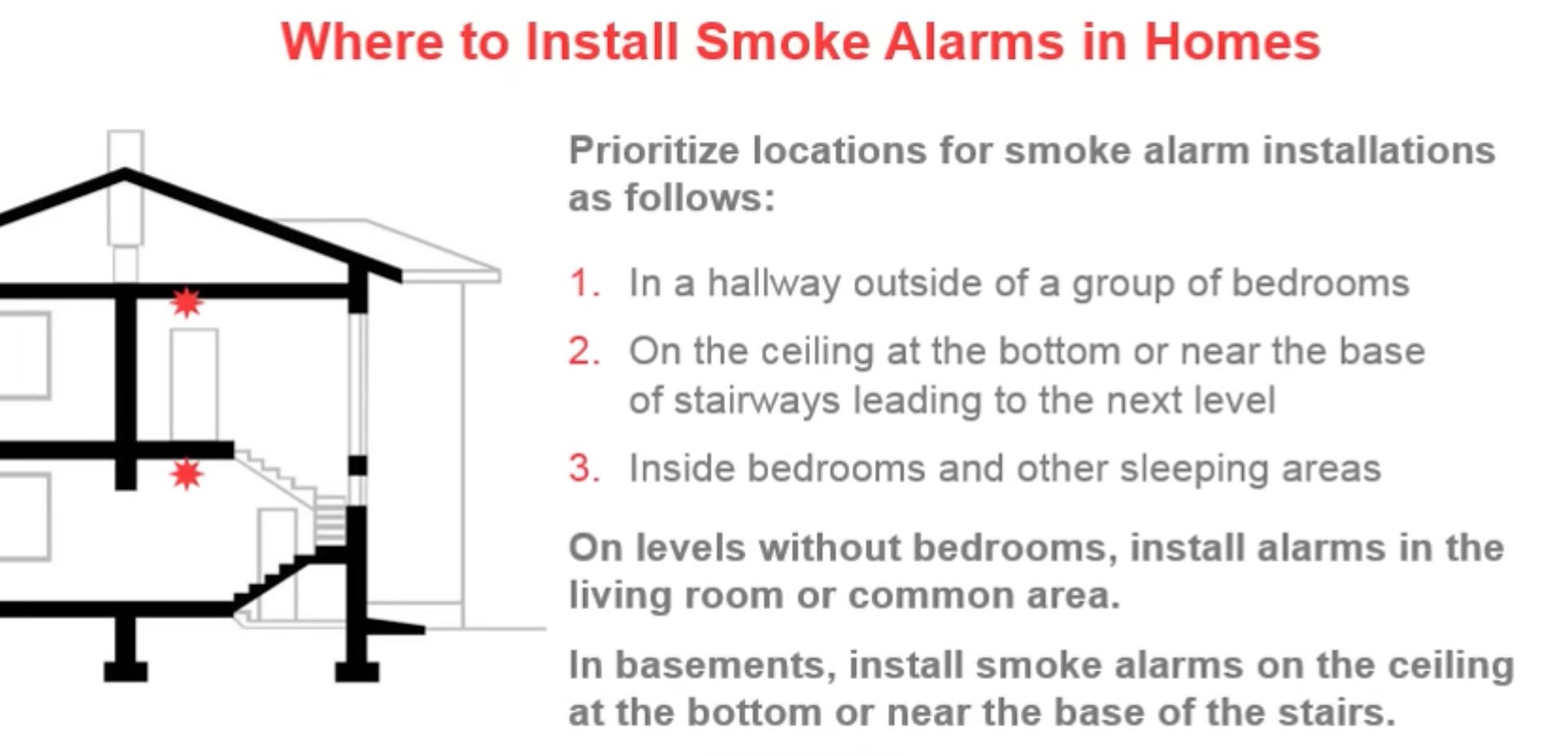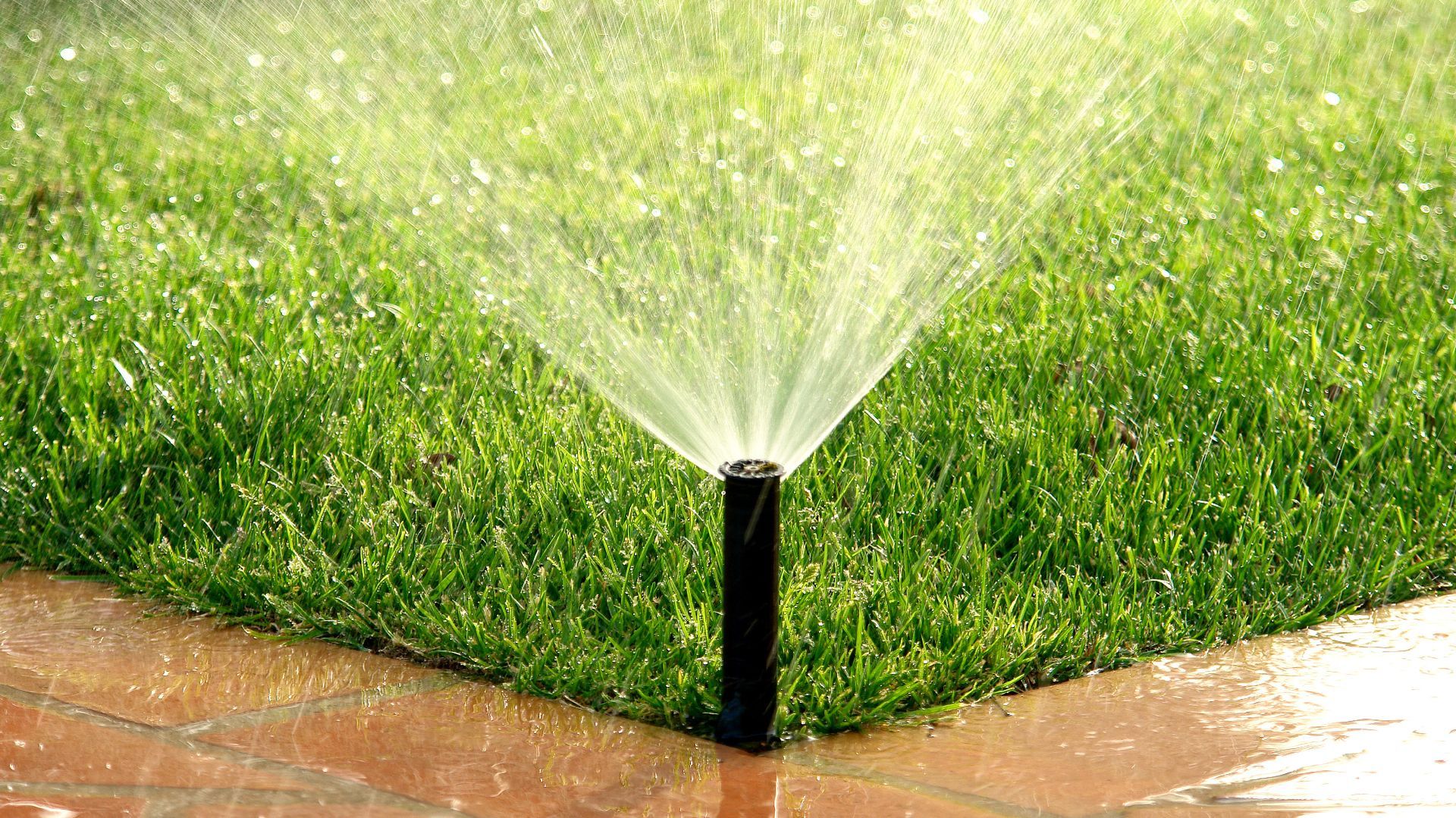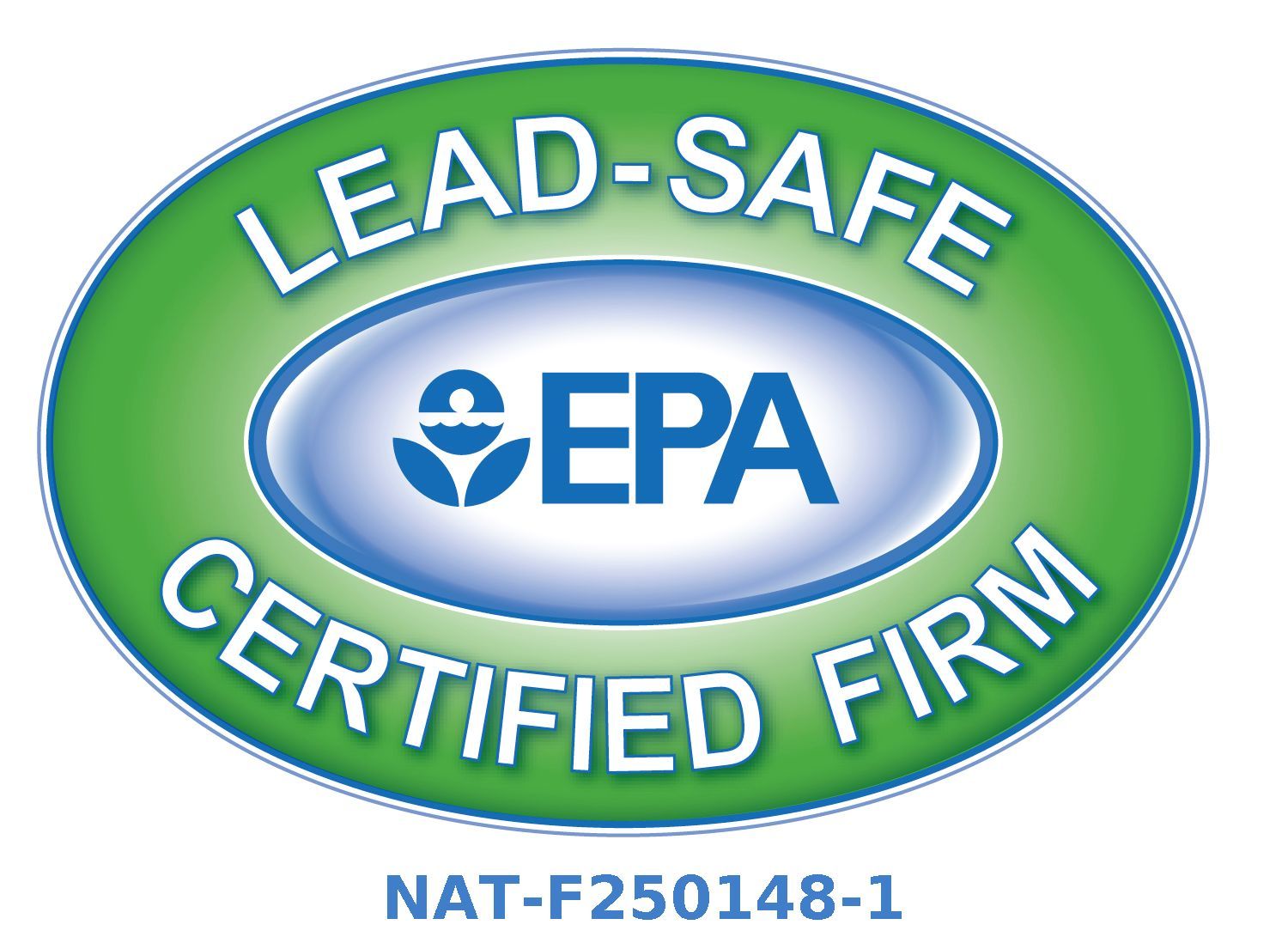Water Supply Shutoff Valves & Shower Diverters
Different Types of Water Control Valves

There are numerous types/styles of shutoff valves & depending on the installation needs, certain types of valves are recommended more than others.
In the photos we showcase some of the most common shutoff valves found which is called the 'Gate Valve/Angle Stop".
In some of our semi annual inspections we have come across numerous valves that were leaking under a kitchen sink & bathroom sink.
Most valves fail due to corrosion, sediment build up, normal wear & tear & deterioration of rubber stops/seals. A big way to prevent this is to exercise the valves once a year when you test your smoke alarms.
There are many different types of shutoff valves & it is recommended that they be replaced every 10 - 20 years using modern style valves such as the Modern Quarter-turn ball valve/angle stop.
It is also recommended that the valves be "exercised/used" once & while to prevent the valve from freezing.
During our annual detailed inspection, we turn on the water to the sink or washer and then turn the valves on and off to make sure the water stops / starts as it should. If we replace valves, we do so with the quarter-turn valves whenever possible.
We also turn on the shower and make sure diverter operates as should and the water goes off in the shower as it should and does not drip from the divertor. A shower diverter valve converts your tub into a shower. Its function is to redirect water from the tub spout to the shower head. While there may seem to be a wide variety of shower diverter valves, there are only 3 main types of these useful devices. If you have visited a friend's house or hotel, you might have noticed all the different kinds of shower diverter valves. The shower diverter valve can be located between the faucet and the spout, it can form the center of the faucet or it can be a vertical pull arm on the tub spout itself. The three types are: 1. Tee Diverter, 2. Two-Vavle Diverter, and 3. Three-valve Diverter.
Tee Diverter
The tee diverter is a single-valve diverter, located in the tub spout. The bather runs the water to the temperature he or she prefers, and then pulls up the diverter pull arm in the tub spout. The water then comes out the shower head. (These are the most common that we have run across)
Two-valve Diverter
As in the 3-valve diverter, the bather runs water through the tub spout until it is blended to the desired temperature. The diverter, with 2 valves each in the shape of an L, pushes the water upward to the shower arm and out the shower head. This 2-valve diverter can be located in the center of a faucet that adjusts temperature with a single dial turned to the left for hot water and to the right for cold, or it can be set between the taps of a 2-tap faucet.
Three-valve Diverter
This type of diverter, located between the taps on a two-tap faucet, can bring water to both the shower and the tub. The hot and cold water taps are turned on to mix the water to the correct temperature. Usually, turning the diverter clockwise 180º allows the properly mixed water to flow out through the shower head. Turning the diverter counter-clockwise will return the water flow to the tub.
Depending on the style of tub faucet you purchase, you may get any of these 3 types of shower diverter valve. All are equally effective at keeping the water directed through the shower head until you release them. It is always best to release the diverter and allow water to return to flow through the tub spout for a few seconds before shutting off the water. This reduces strain and wear on the diverter valves. Water should not come out of both the shower head and the diverter at the same time and only wastes water.
Water damage can be a big expense and if you have water valves that do not operate correctly then we have to get them fixed as soon as possible.












